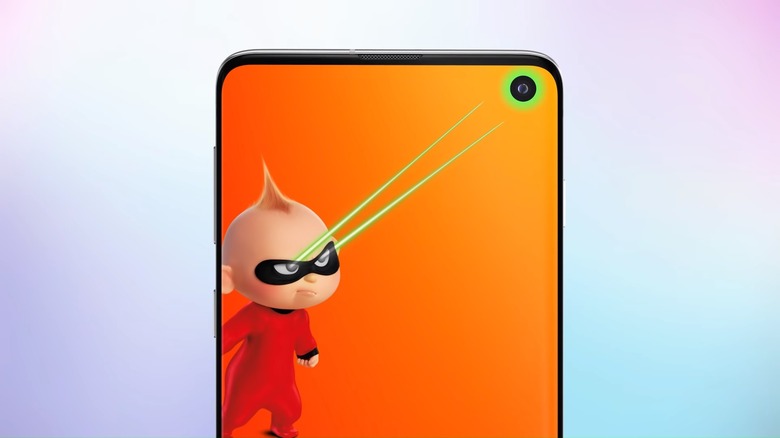Galaxy S11 May Have A Display Unlike Anything Ever Seen On A Samsung Phone
LG may be the king of OLED displays when it comes to big-screen TVs, but it's Samsung's OLED tech that dominates the mobile market. Samsung's screens are so good that they usually compete against themselves, with professional display reviewers always rating the latest Samsung OLED screen as the best in the industry, whether it's stuck to a Samsung phone or the latest iPhone.
Come next year, the Galaxy S11 is expected to deliver an even better experience than its predecessor, though, thanks to a new technology that's only just beginning to hit mainstream devices.
Some Android vendors have released gaming phones over the past couple of years, which are essentially flagship phones that feature close to the same set of specs as a Galaxy S or Note phone released during the same year. But these gaming devices usually come with high refresh rate screens of either 90Hz or 120Hz.
This year, OnePlus and Google both launched smartphones featuring 90Hz displays, but neither the new OnePlus 7 and 7 Pro nor the Pixel 4 are sold as gaming devices.
Come next year, Samsung is expected to equip the same tech on some of the Galaxy S11 versions, with one insider speculating that Samsung might favor 120Hz screens over 90Hz. From the looks of it, however, prolific leaker Ice Universe doesn't have the Galaxy S11's display specs locked down quite yet:
If the S11 uses a high refresh rate screen, the probability of using 120Hz is greater than 90Hz, but I won't say more until a more accurate message appears.
— PhoneArt (@UniverseIce) November 8, 2019
A previous Galaxy S11 leak told us that the Galaxy S11 will pack bigger batteries, which would help out with features like 5G connectivity and high refresh rate displays.
The Galaxy S11 might not be the only 2020 smartphone to feature high refresh rate displays, with the iPhone 12 also rumored to feature the same kind of technology. Also, if the S11 does pack a 120Hz screen, it's probably safe to expect the same screen to be used for the Note 11 later next year.
